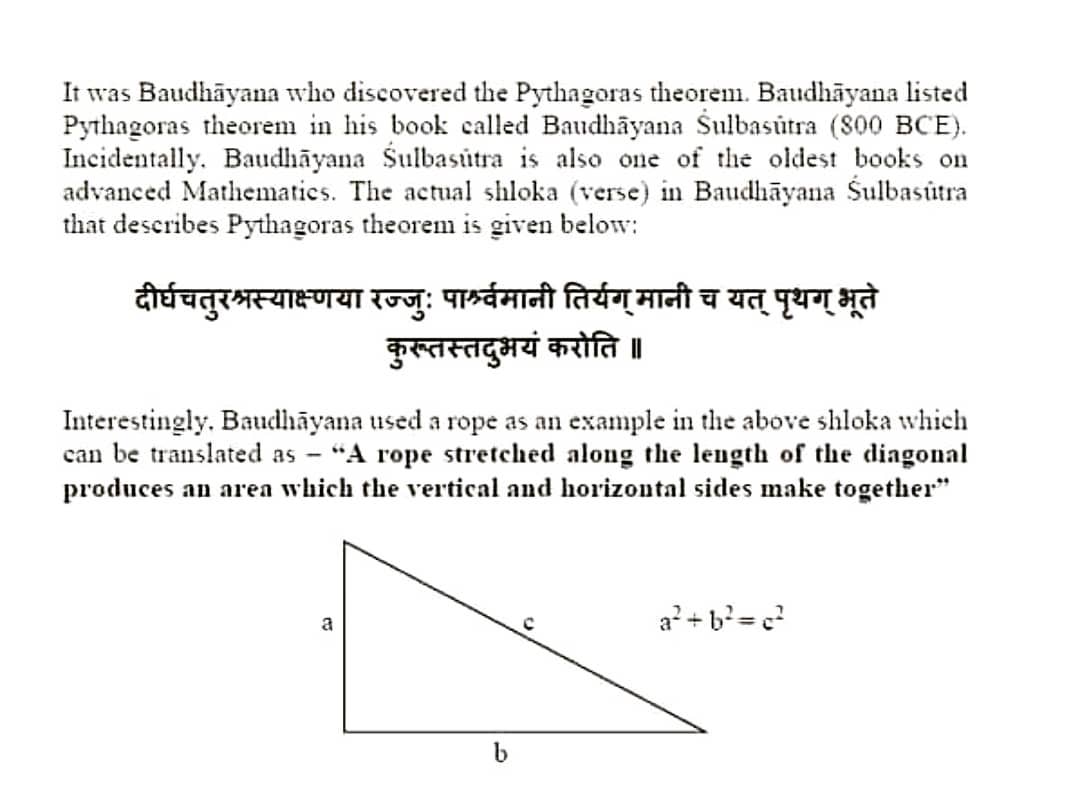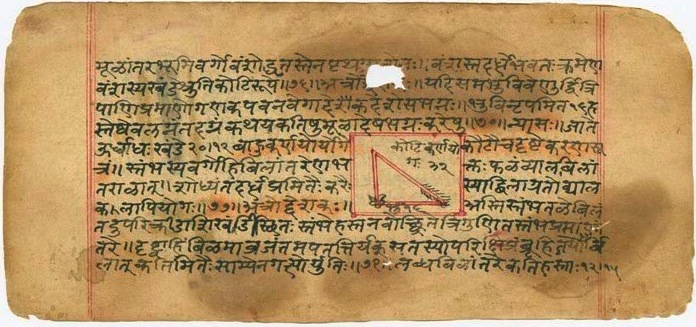Which features many instruments along with the world's largest stone sundial
Vrihat Samrat yantra is sundial that can give local time to accuracy of 2 seconds
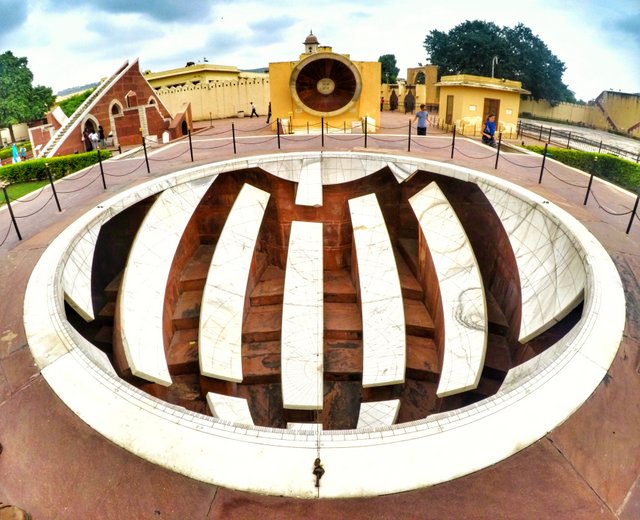
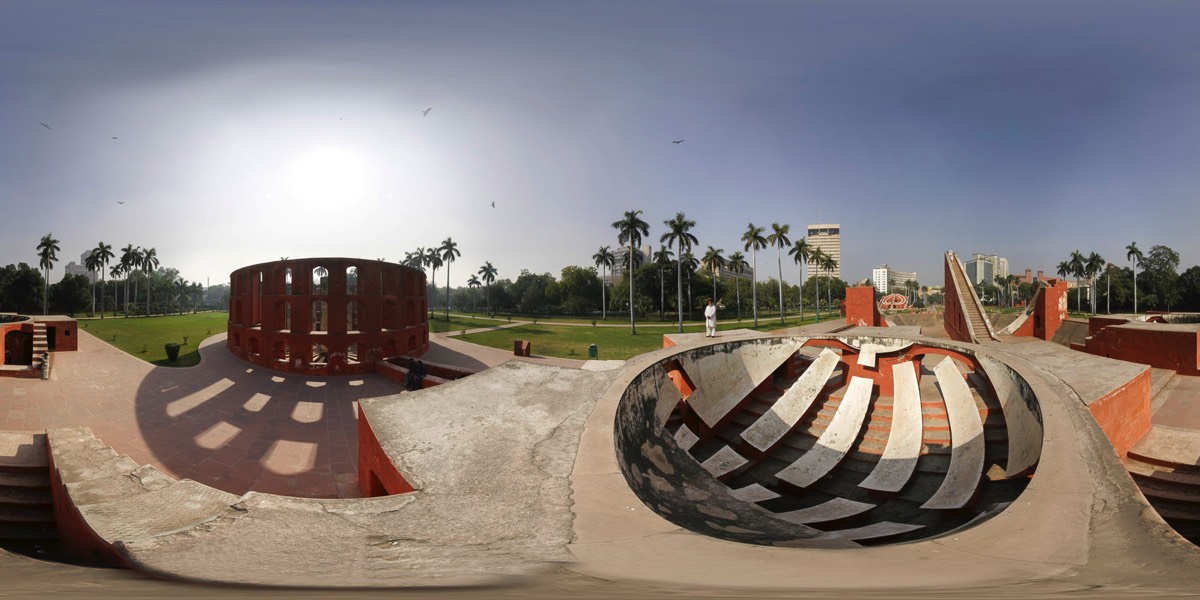

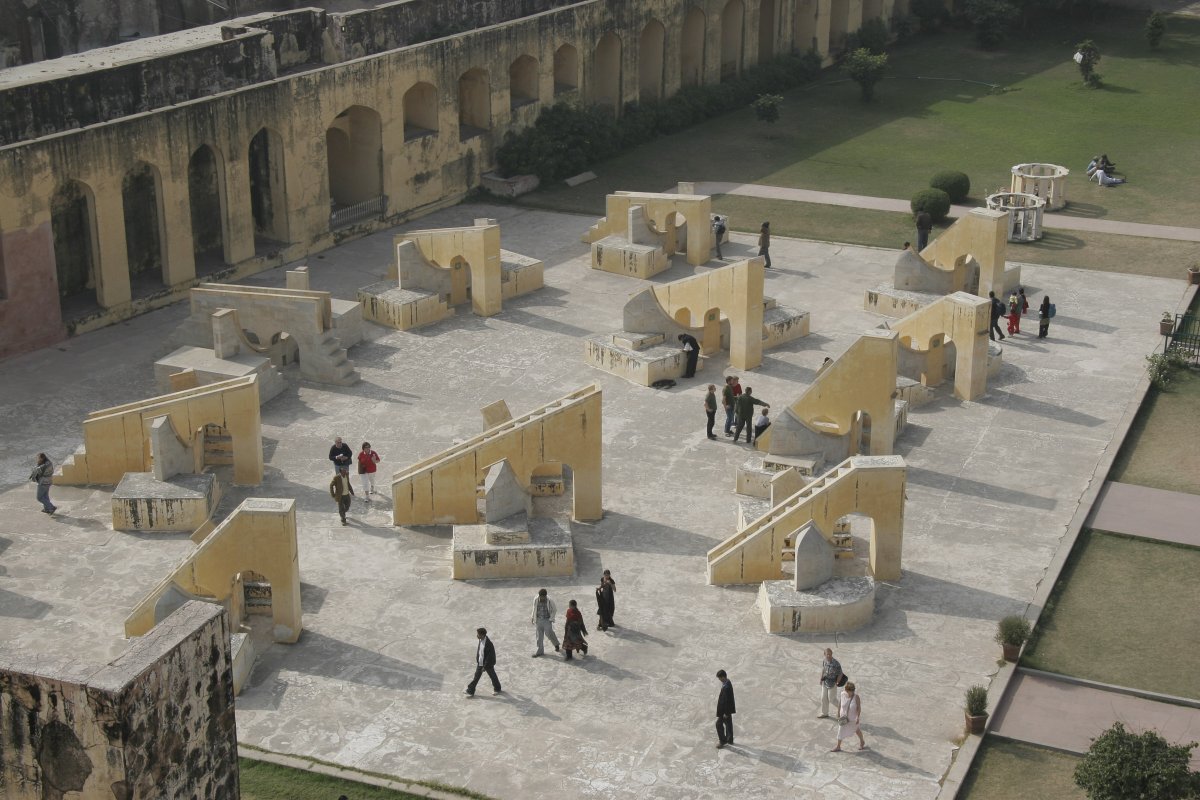
Samrat Yantra - it measures time to a precision that had never before been achieved.
Jai Prakash Yantra - May well be Jai Singh’s most elaborate and complex instrument, See the time lapse video below to see how the Kappala Yantra tracks the sun’s movement.
The Jantar have like Samrat Yantra, Jai Prakash, Ram Yantra and Niyati Chakra;
Samrat Yantra
Jai Prakash Yantra
Disha Yantra
Rama Yantra
Chakra Yantra
Rashiwalay Yantra
Dingash Yantra
Utaansh Yantra
Jantar Mantar deploys all three ancient coordinate systems of the five celestial coordinate systems known. In the image, the red (ecliptic) and blue (equatorial) coordinate systems are two of the three classical systems that feature in the monument's instruments
The scale to which they have been built has been alleged to increase their accuracy
However,the penumbra of the sun can be as wide as 30 mm,making the 1mm increments of the Samrat Yantra sundial devoid of any practical significance
The Giant Sundial, known as the Samrat Yantra (The Supreme Instrument) is one of the world's largest sundials, standing 27 metres tall.
had a great interest in mathematics, architecture and astronomy. He commissioned the #JantarMantar observatories at multiple places in India, including his capital Jaipur.
1. Delhi,
2. Mathura (in his Agra province),
3. Benares,
4. Ujjain (capital of his Malwa province),
5. and his own capital of Jaipur.
His astronomical observations were remarkably accurate.



